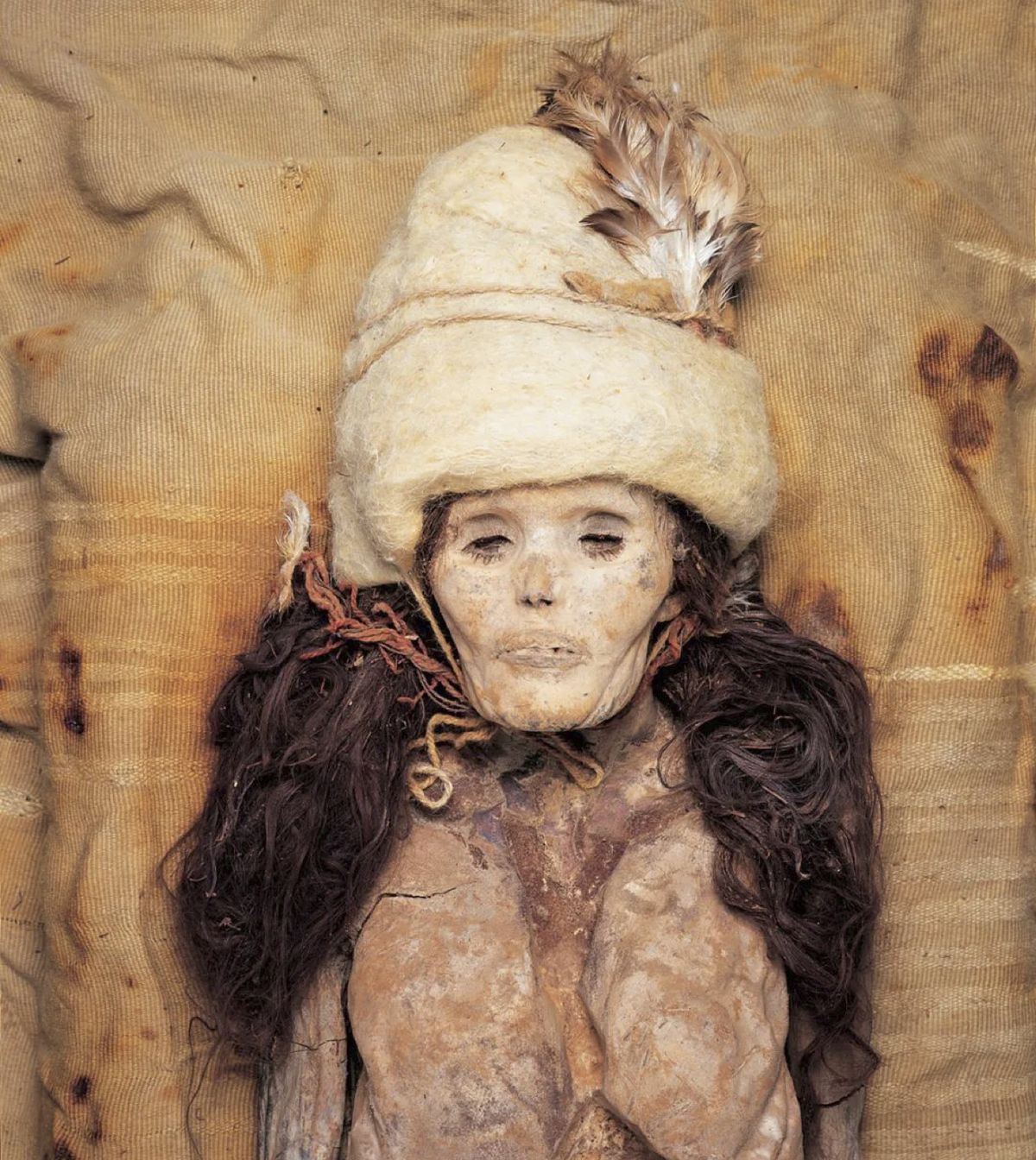Archaeologists have extracted 30 titanosaur dinosaur eggs found in a two-tonne block of rock in northern Spain and believe there could be as many as 70 more deeper inside the boulder.

The first extracted titanosaur egg near Huesca in northern Spain.

Carmen Nunez Lahuerta, a director of the excavation, works on a block containing a dinosaur nest near Huesca in northern Spain.
The titanosaur eggs, long-necked sauropods that lived until the extinction event at the end of the Cretaceous period, were found at a dig site in the municipality of Loarre in the north-eastern Spanish province of Huesca during archaeology works in September.
Preliminary tests indicate that the nests belonged to a titanosaur, a quadruped herbivore with a long tail and neck that could reach up to 20 metres (66 ft) in length.
The research was carried out by an international team of palaeontologists led by the Aragosaurus-IUCA Group of the University of Saragossa in collaboration with Nova University Lisbon.
The project is being directed by Dr Miguel Moreno-Azanza, Carmen Nunez-Lahuerta, and Eduardo Puertolas with the involvement of 25 palaeontologists and students from Spanish, Portuguese and German institutions.

Dr Moreno-Azanza, a Spanish archaeology expert who works at Nova University Lisbon, told Newsflash in an exclusive interview that two nests were excavated in 2020, and about 30 eggs have been discovered in the rock.
He added that the team estimates that there are probably around 70 more eggs deeper inside the rock, meaning there could be as many as 100 in total.

The eggs are spherical, well-preserved, with a diameter of about 15 centimetres (5.9 inches).
Dr Moreno-Azanza said in a statement obtained by Newsflash: “The main objective of the 2021 campaign was the extraction of a large nest that contains at least 12 eggs that were integrated into a block of rock weighing over two tons.
“In total, five people dedicated eight hours a day for 50 days to excavate the nest, which was finally removed with the help of a bulldozer.
“It is unusual for blocks of this size to be extracted in a paleontological operation, but despite the technical difficulties involved in this process, the operation was considered a success.”
Dr Moreno-Azanza added: “This large block, as well as 10 other smaller ones extracted this year, were transported to a temporary warehouse in the town of Loarre pending the completion of works on the future Laboratory-Museum.
“It is expected that next spring the space will open its doors to visitors who will be able to follow the process of preparing and studying the fossils of this site in person.
“The museum has two exhibition rooms where the importance of this site will be highlighted and the methodology of a complex paleontological excavation will be explained.”
Dr Moreno-Azanza also said: “The exhibition, which will function as a satellite room of the Museum of Natural Sciences of the University of Zaragoza, will feature both real specimens from the Loarre site and replicas of dinosaur eggs from other parts of the world.
“The space, donated by the Loarre City Council, is already a unique building, thanks to the artistic work coordinated by Teresa Sempere from El Artelier (art workshop) who painted a large mural on the facade of the building that will house the exhibition.
Dr Moreno-Azanza also said that the Loarre Dinosaur Eggs project has obtained funding for the next three years.
The excavation works are being funded by the Portuguese Foundation for Science and Technology and the Spanish Ministry of Science.





